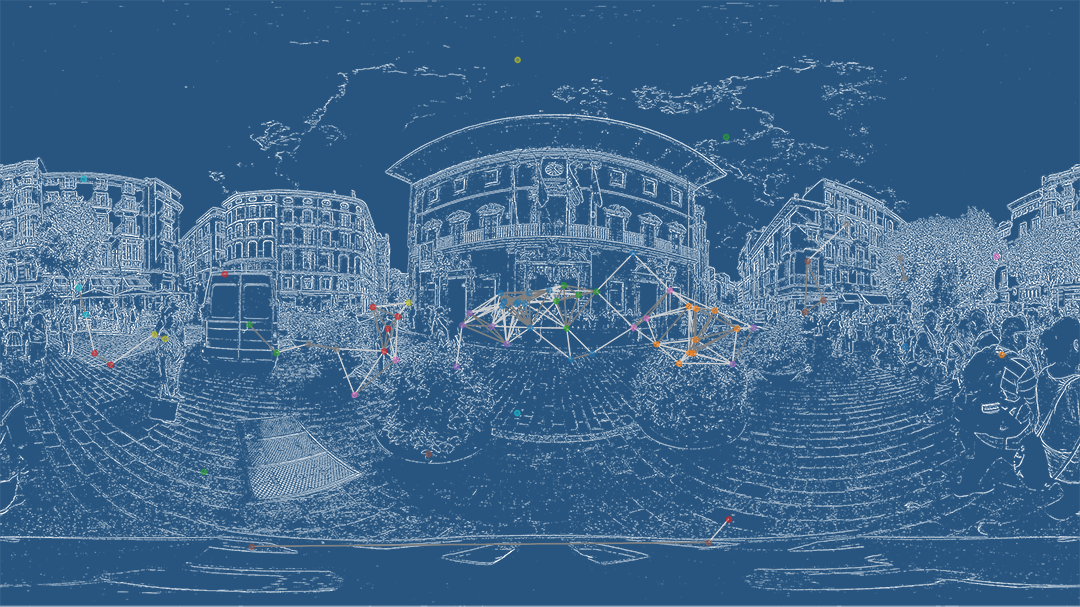
Analysis of user behavior with different interfaces in 360-degree videos and virtual reality (PhD thesis)
- Post by: LTIM
- 4 July 2022
- No Comment
The PhD thesis “Analysis of user behavior with different interfaces in 360-degree videos and virtual reality” by Antoni Oliver, supervised by Dr. Antoni Bibiloni, in the program of Information and Communications Technologies, was defended at the University of the Balearic Islands.
Virtual reality and its related technologies are being used for many kinds of content, like virtual environments or 360-degree videos. Omnidirectional, interactive, multimedia is consumed with a variety of devices, such as computers, mobile devices, or specialized virtual reality gear. Studies on user behavior with computer interfaces are an important part of the research in human-computer interaction, used in, e.g., studies on usability, user experience or the improvement of streaming techniques. User behavior in these environments has drawn the attention of the field but little attention has been paid to compare the behavior between different devices to reproduce virtual environments or 360-degree videos. We introduce an interactive system that we used to create and reproduce virtual reality environments and experiences based on 360-degree videos, which is able to automatically collect the users’ behavior, so we can analyze it. We studied the behavior collected in the reproduction of a virtual reality environment with this system and we found significant differences in the behavior between users of an interface based on the Oculus Rift and another based on a mobile VR headset similar to the Google Cardboard: different time between interactions, likely due to the need to perform a gesture in the first interface; differences in spatial exploration, as users of the first interface chose a particular area of the environment to stay; and differences in the orientation of their heads, as Oculus users tended to look towards physical objects in the experiment setup and mobile users seemed to be influenced by the initial values of orientation of their browsers. A second study was performed with data collected with this system, which was used to play a hypervideo production made of 360-degree videos, where we compared the users’ behavior with four interfaces (two based on immersive devices and the other two based on non-immersive devices) and with two categories of videos: we found significant differences in the spatiotemporal exploration, the dispersion of the orientation of the users, in the movement of these orientations and in the clustering of their trajectories, especially between different video types but also between devices, as we found that in some cases, behavior with immersive devices was similar due to similar constraints in the interface, which are not present in non-immersive devices, such as a computer mouse or the touchscreen of a smartphone. Finally, we report a model based on a recurrent neural network that is able to classify these reproductions with 360-degree videos into their corresponding video type and interface with an accuracy of more than 90% with only four seconds worth of orientation data; another deep learning model was implemented to predict orientations up to two seconds in the future from the last seconds of orientation, whose results were improved by up to 19% by a comparable model that leverages the video type and the device used to play it.
Available online at TDX: https://www.tdx.cat/handle/10803/674725.
